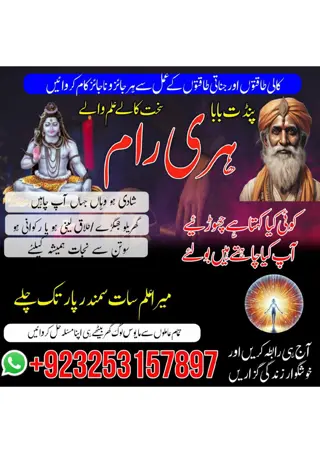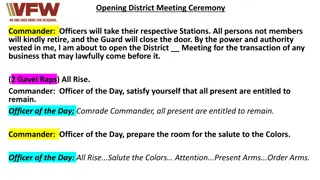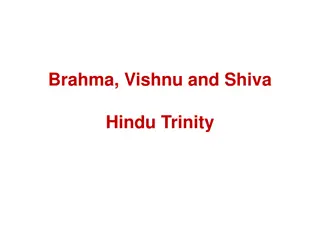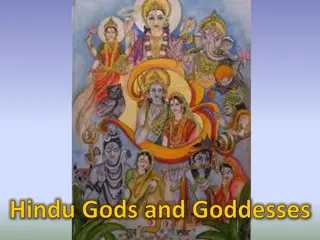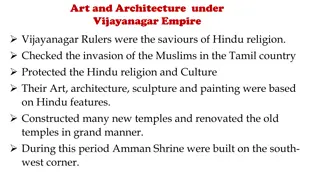The Sacred Thread Ceremony (Upanayana) in Hindu Tradition
The Upanayana ceremony, also known as the Sacred Thread Ceremony, is a significant Hindu ritual marking the initiation of young boys into a religious lifestyle. The ceremony involves symbolic acts such as head-shaving, wearing new clothes, and receiving the sacred thread draped over the left shoulder. A key aspect is the whispering of the Gayatri mantra by the guru, emphasizing spiritual teachings and duties to God, ancestors, and the guru. The Upanayana is a rite of passage that signifies a boy's readiness for religious study and commitment. Furthermore, it includes rituals like the Havan (sacred fire) and giving alms, showcasing the cultural and spiritual richness of Hindu traditions.
Download Presentation

Please find below an Image/Link to download the presentation.
The content on the website is provided AS IS for your information and personal use only. It may not be sold, licensed, or shared on other websites without obtaining consent from the author. Download presentation by click this link. If you encounter any issues during the download, it is possible that the publisher has removed the file from their server.
E N D
Presentation Transcript
The Sacred Thread Ceremony (Upanayana)
Upanayana means sitting close by The ceremony starts with head-shaving, bathing and wearing new clothes. Hindu boys used to go through this ceremony from as early as the age of 8 but now, it happens when a boy is almost a teenager. It is thought of as being twice born .
The Havan A havan or sacred fire is lit, and a Hindu priest says hymns from the Vedas (a holy book).
Begging for alms (money or gifts) One of the Upanayana traditions is to ask your mother to give money or gifts.
The guru or priest whispers the Gayatri mantra A guru is a spiritual teacher and the Upanayana is about taking shelter from your guru. The guru (often this is the boy s father) whispers a special prayer into the boy s ear. The boy must say it three times every day. It marks the beginning of a religious lifestyle.
The Jenoi the Sacred Thread The boy has a sacred thread draped over his left shoulder. It has 3 strands to remind the boy of his duties to: 1. God 2. To his ancestors 3. To his guru.
The Vedas Holy Books The boy has to promise to study the Vedas (holy books of the Hindu religion). Then he gives a present to his teacher (guru).
Hindu rites of passage Jatakarma birth ceremonies Upanayana initiation (the sacred thread ceremony) Vivaha marriage Antyeshti funeral and rites for the dead Are these similar to rites of passage in other religions?








